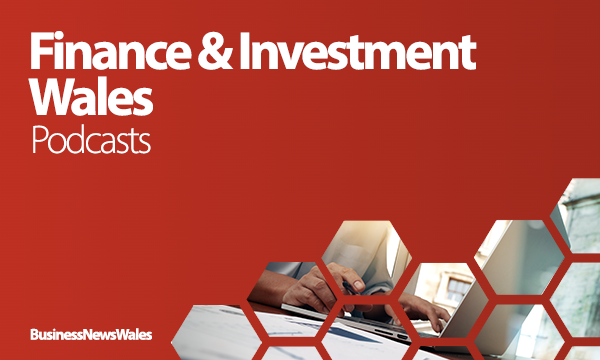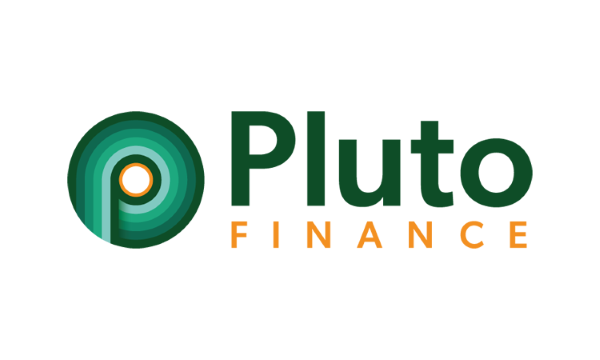
GUEST COLUMN:
Victoria Winckler
Director
Bevan Foundation
Chances are that most people reading this article use their mobile phones more for making financial transitions than for making actual phone calls.
If you do, you are not alone – the shift to online banking in recent years has been huge, driven by a mix of technological advances, cost savings and customer preferences.
Perhaps less well known but no less important has been the rise of apps which help people to manage their money, but which are not provided by their bank. These ‘third party’ applications use open banking to combine information about your finances with some handy tools. They’ve been a source of real innovation – innovation which is increasingly being incorporated into high street banks’ offer.
So what are they? Money apps offer a range of features designed to simplify financial management. Automated savings and money categorisation are among the most popular. Automated savings or ‘spare change sweeping’ can round up payments and transfer the surplus to savings, or move any cash left at the end of a day, week or month into another account. Money categorisation helps users track their spending by sorting transactions into types of expenditure like groceries, entertainment, and utilities. Some apps help to manage subscriptions, flagging when renewals are due and suggesting possible savings.
There are a large number of different money management apps, each with different features. With snappy names such as Emma, Plum and Hyperjar, these apps could not be much further from the stuffy portals of an old-fashioned high street bank.
As the cost-of-living crisis continues to bite, more and more people are using the apps to help make ends meet. The latest estimate is that around one in six people (12-14%) uses them, significantly up on pre-Covid figures. Yet, despite their growing popularity, not much is known about the benefits and, crucially, any potential harms of these products.
The Bevan Foundation has been looking at users’ experiences, and in particular the experiences of users on low incomes. Many users on moderately low incomes have reported real benefits from using the apps. Some have managed to build up savings, providing a financial cushion no matter how modest, while others have found the apps help them to manage and reduce their debt. Some users were really keen advocates of whichever app they used.
But the apps are not without their drawbacks. Some users felt that some features can be overly prescriptive, making them feel “preached” to about their spending habits. Others believed that the savings they can achieve through these apps were not enough to justify the effort. We also found some gaps in regulation that need to be addressed, for example, if money is earmarked for spending with a specific retailer, it is not always clear how users can retrieve their funds if something goes wrong.
It might sound obvious, but for money apps to be effective, users need to have some disposable income. The apps can really help people on low to moderate incomes, by enabling modest savings and providing insights into spending habits. But users who are really struggling to make ends meet simply do not have the wriggle room in their budgets for the apps to make much difference. For people with little or no spare cash, more comprehensive financial support and advice may be needed to address their underlying financial issues.
Money apps are driving big changes in personal finances. The idea that your phone can prompt you to cancel an unused gym membership or suggest that you are spending too much on coffee would have been unthinkable 20 years ago. While the apps are today used by a minority, the adoption of some features by high street banks and the positive experiences of many users suggest that they may become more popular in the future. However, to realise this potential, it is essential to tighten up on some features and ensure that there is appropriate financial advice and support for people whose finances are so tight that the apps cannot help.













